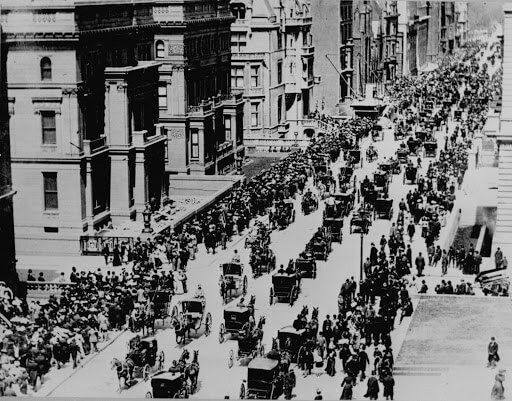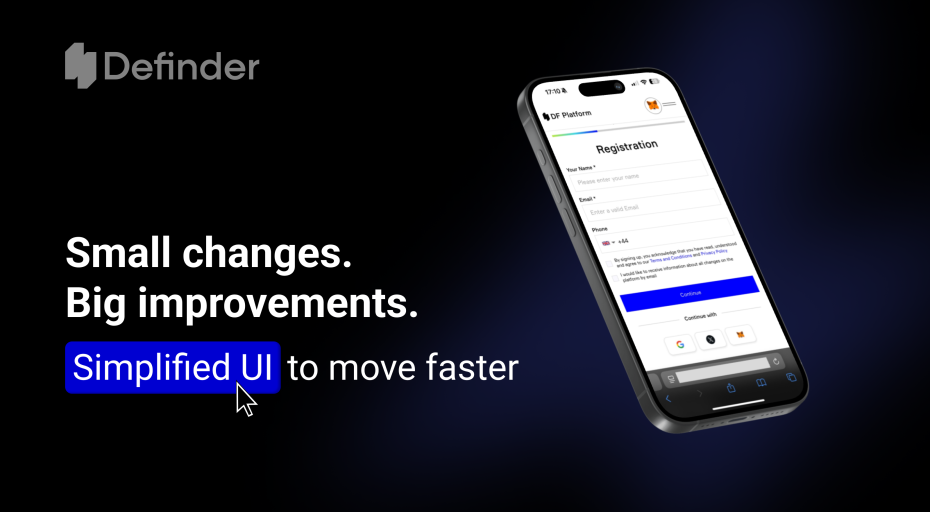A historical introduction to Crypto the Smartlands way
Introduction to cryptocurrency
With this article, I intend to introduce the reader to the Smartlands cryptocurrency concept with reference to history, in particular the transportation infrastructure of New York around the turn of the 20th century, but first, a short recap of the past 11 years.
The first cryptocurrency to meet with global adoption and acceptance was, of course, bitcoin. Developed in 2009, bitcoin was at first a bit of an oddity that only really received any traction among the tech community of programmers, coders, and technical geeks who spent much of their waking hours before a flickering computer screen in dimly lit bedrooms across the world. Little notice was taken of bitcoin’s arrival by the “real” world of global finance, content as they were, with their fiat currencies of Dollars, Euros, and central bank regulation.
In the 11 years since Bitcoin and its associated blockchain were introduced, it has become valued as a trustworthy, secure, and fast method of transferring value between parties for little or no cost. Many alternative cryptocurrencies have been created, all having no physical form, existing solely on the immutable blockchain with their main attributes such as total available supply being agreed by the majority of its decentralized network rather than the board of a central bank. Today even major stalwarts of the fiat currency space, such as JP Morgan, have embraced the technology and advantages offered by cryptocurrency and blockchain by using their own JPM coin to speed up payments between their corporate clients.
At Smartlands, we believe the world is on the cusp of a quantum shift in how value is stored, transferred, and accounted for using blockchain and crypto-currencies. This financial landscape of Dollars, Euros, and other fiat currencies supporting stock markets and the foreign exchange markets will change beyond all recognition in the coming years as the key advantages of blockchain and the crypto world become accepted by users worldwide.
For some reading this article, it will be hard to grasp that such a major change in something as universally accepted as money can be about to happen and happen quickly. Still, major changes based upon the introduction of new technology have completely changed the economic landscape before. To give you an example, I would like to take the reader on a brief trip back in time to the New York of 1900.

Easter Parade, 5th Avenue, New York, 1900
The photograph above shows part of the Easter Parade on 5th Avenue in 1900, a seemingly endless parade of horses and wagons as it had been for more than 100 years. The horse and cart was the public face of a massive industry that underpinned both personal transport and last-mile logistics for the city. Supporting these equine powered vehicles was a huge supporting cast of veterinary surgeons, blacksmiths, stables, hay suppliers, wheelwrights, wagon builders employing hundreds of thousands of people. In Manhattan alone, in 1900, records show there were 130,000 horses at work.
Imagine informing a Manhattan businessman in 1900 that the day of the horse was going to end in a few short years that all this supporting infrastructure would be gone, that the stables would fall into disuse and be knocked down to repurpose the real estate, that the highly skilled wheelwrights would have no customers for their handmade wheels. He would have laughed in your face, especially if you told him that all this infrastructure, established over centuries, was going to be replaced by the unreliable, dangerous, and downright scary motor vehicle.
You get the picture; New York runs on horses; it has been this way for generations, it’s not going to change, and even if it does, it is certainly not going to change quickly!

Easter Parade, 5th Avenue, New York, 1913
The photograph above shows part of the Easter Parade on 5th Avenue in 1913. Just 13 years later, and where have all the horses gone?
Not only has all the equine supporting infrastructure become surplus to requirements, but a whole new infrastructure has been created in just 13 years. Massive factories have been built to manufacture motor vehicles, huge numbers of people are employed in them, others have developed the fuels to supply these vehicles with energy, and yet others have developed technology in the form of new compound rubber for tires, better lights so the vehicles can be driven after dark.
Besides, business owners found the new vehicles faster and more efficient than horse-drawn wagons, so they were able to do more business, cheaper than before; while nationally, a network of roads was being built linking cities allowing vehicles to cheaply cross great distances and allow business owners to move from serving just their local community to serving a much wider footprint.
It is here that a parallel with crypto-currencies and decentralized blockchain can be drawn. Just as the motor vehicle brought lower costs and greater efficiency to the business landscape vis-a-vis the horse and wagon, so crypto and blockchain are doing the same for the global interlinked business environment that we are part of today. The only difference is that the adoption of blockchain is happening at a much faster speed than the adoption of the motor vehicle during the first decade of the last century. Yet, the quantum shift it heralds will have a much greater effect and bring much greater benefits to everyone than buying one of Mr. Ford’s delivery vehicles in 1913.
The Smartlands Way
Smartlands was created in 2017 as a global digital securities investment platform. It brings together asset-backed and income-producing token issuers to issue blockchain-backed securities (tokens) backed by digital ownership. The platform runs on the Stellar network on which backbone it is able to offer speedy and secure transactions to investors and asset owners.
The team at Smartlands is proud to be part of this quantum leap into the application of blockchain and crypto-based currencies into the world of 21st-century business. We see ourselves as the 21st century equivalent of the motor vehicle up against the slow and expensive fiat currency-based banking network, which in this comparison must sadly take the place of the horse in 1900.
Smartlands has a number of business channels for which we are just beginning the commercialization stage as follows:
The Smartlands Token (SLT)
The SLT is a cryptocurrency created by Smartlands and acts as the currency of operation for the Smartlands ecosystem in which fees and costs can be paid. It is limited to a maximum of 7.1mn tokens in issue and runs on the Stellar system.
The Smartlands Platform
It is a platform for offering for sale Initial Coin Offerings (ICOs) in asset-backed structures that offer both upside and a good yield through dividend payments to investors. Primary targets are fully let office buildings, halls of residence, warehouses, and commercial sites. The platform allows asset owners to securitize part of their free equity in these assets and sell it on to minority investors through ICOs, which then entitle the holder to both pro-rata upside over time and a dividend yield based upon rental inflows. The full infrastructure has been developed over the past 2 years, and a trial listing of a property in Nottingham, UK, has already been carried on the platform to confirm proof of concept. Additional asset owners have expressed an interest in using the platform, and we will be announcing further high yielding asset-backed ICOs over the coming months.
The Smartlands team have also identified 2 experienced property owners who have expressed an interest in becoming General Partners of a Real Estate Investment Trust (REIT) fund structure, which will be presented on the Smartlands platform as a vehicle to allow investors to spread their risk over multiple asset classes.
The Smartlands Exchange
It’s a bulletin board based market where secondary trading of ICOs on the Smartlands exchange can be undertaken.
Agricultural Produce Trading
Smartlands is in the process of finalizing a joint venture agreement with an established agricultural produce trading platform that is currently in use by more than 15,000 farmers and which is showing exponential growth as it allows produce sellers to communicate directly with buyers cutting out the middlemen and brokers thus making the process more efficient and profitable for both sides. It is envisaged that the Smartlands intellectual property will be applied to this existing structure to allow it to move to a decentralized blockchain system creating full transparency across the entire ecosystem.
In each of these business lines, fees paid for using the Smartlands system will be paid in Smartlands Tokens (SLT), creating a natural and ongoing demand for the SLT.
Conclusion
In 2010 at the beginning of its journey, 1 bitcoin could be bought for around US$ 0.10; in 2020, at the beginning of its journey, 1 SLT can be bought for the same US$0.10. Today, at the time of writing, 1 bitcoin is US$18,300.
With multiple income lines coming on stream over the coming months, we expect to see far more action in the SLT quote. We would advise interested parties to add the Smartlands Token to their crypto watchlist pending further positive news.
Martin Birch
Kyiv November 2020
About the Author, Martin serves as the Non-Executive Chairman of the Smartlands Group and is the Managing Partner of Ukrainian investment bank Empire State Capital Partners.






